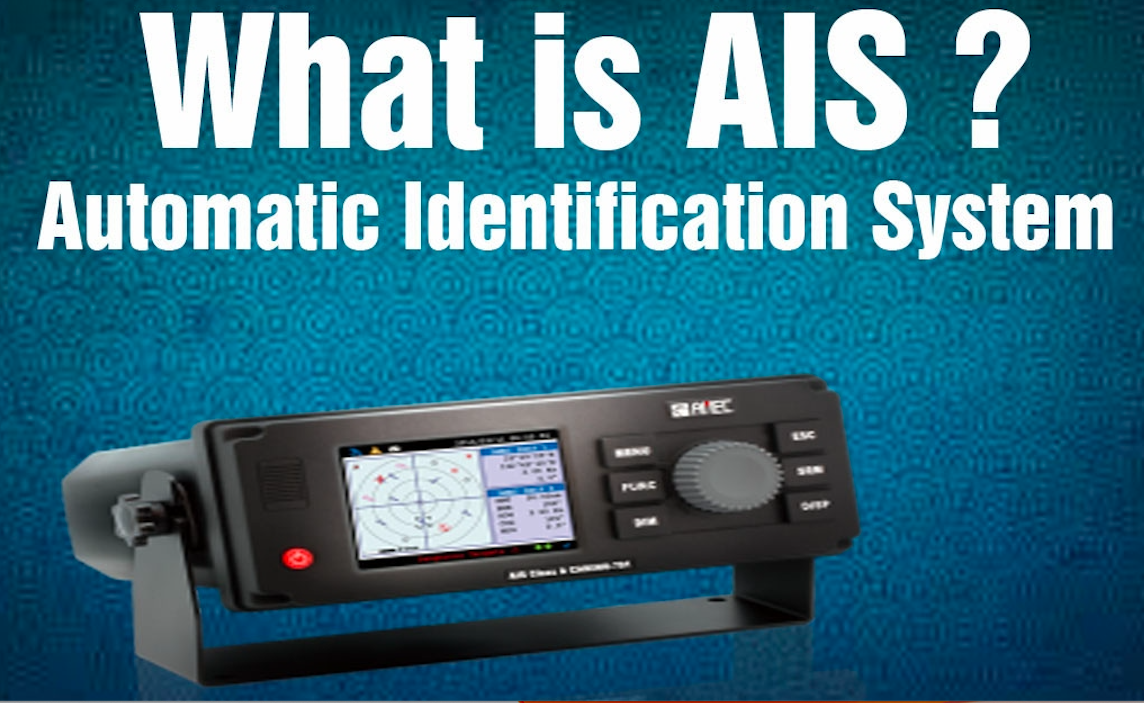
Isabella Nichols: Having that camaraderie in the ocean has really been a pivotal point for me. You're all friends, like, there's no rivalry. You can have so many good times, you meet so many new people, you learn so many new things like perseverance. Haylie Powell: I think I’ve made more friends through skateboarding than school.
#Ais transcript how to#
Isabella Nichols: I've learned lessons of how to be motivated, dedicated, committed to something and I've just learned so many life lessons that I don't know if anything else could have taught me. I thought I would just rely on my parents to get me here and there. Becoming more independent by that is one of them is driving. Maryanne: Latu: I just never thought that I could do things on my own. But as soon as I get my Ps, I'm just skate park. At one stage I just wanted my parents just dropped me off at a skate park and they're like, ‘no we're going to wait, you're still a bit young’. I've definitely got more mature and independent through skateboarding, that's for sure. Your hitting concrete 24/7 and you’re just falling. You have to love what you do or what's the point! I didn't know it at the time but this is it and this is my chance. At the other day I had to sit down and go: ‘You know what? Like, this is what I've been working towards’.

I'm out of work again, mum and dad are funding me this - I just can't do it’. When it got announced into the Tokyo Olympics I was going through my fourth knee recovery and at that time I was definitely like, ‘the risk isn't worth the reward. Natalya Diehm: There's been many times I was unsure if I was going to continue or not. But from the experiences I've gone through, it's been a massive confidence boost for myself to be like, ‘wow this is what I've achieved with a disability’. It's taught me how to be disciplined and at times that has got me down because obviously my body moves a little bit differently to someone that doesn't have cerebral palsy. Like I wanted to go to the Paralympics and I wanted to win a gold medal. Where you want to get to and how to get to it, big or small. Paige Greco: From when I was younger I learned goal setting. Sport has taught me how to adapt, how to not be so set in my ways. Isabella Nichols: There's definitely a lot of aspects of surfing and sport that has made me more resilient as a human. I'll go to places and like I'll just get stared up and down constantly and I'm like. It uses Self-Organizing Time Division Multiple Access (SOTDMA) technology to meet this high broadcast rate and ensure reliable ship-to-ship operation.Maryanne Latu: There's not a day that I go without facing challenges or struggles. The AIS is a shipboard broadcast system that acts like a transponder, operating in the VHF maritime band, that is capable of handling well over 4,500 reports per minute and updates as often as every two seconds. Or you can send to the ship, or receive from it, short safety-related email messages. Or you can dial it up directly using GMDSS equipment. With this information, you can call any ship over VHF radiotelephone by name, rather than by "ship off my port bow" or some other imprecise means. What You See With AIS (click on image above to enlarge in a new browser window)

Display information previously available only to modern Vessel Traffic Service operations centers can now be available to every AIS user as seen below. Maneuvering information, closest point of approach (CPA), time to the closest point of approach (TCPA) and other navigation information, more accurate and more timely than information available from an automatic radar plotting aid, can also be available.
#Ais transcript registration#
By hovering over an AIS icon, you can learn the ship name, course and speed, classification, call sign, registration number, MMSI, and other information.

Each ship "symbol" can reflect the actual size of the ship, with position to GPS or differential GPS accuracy. Imagine a shipboard radar or an electronic chart display that includes a symbol for every significant ship within radio range, each with a velocity vector (indicating speed and heading).


 0 kommentar(er)
0 kommentar(er)
